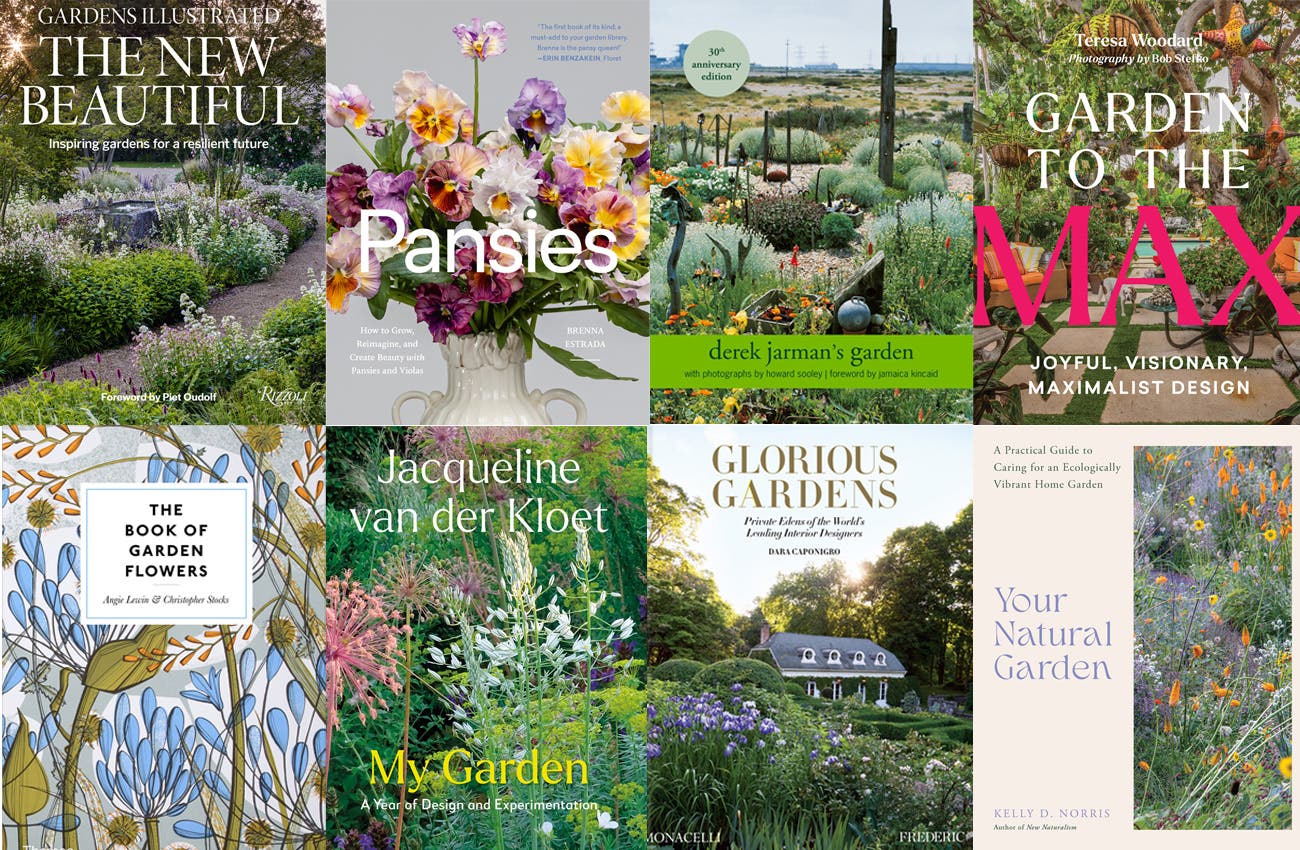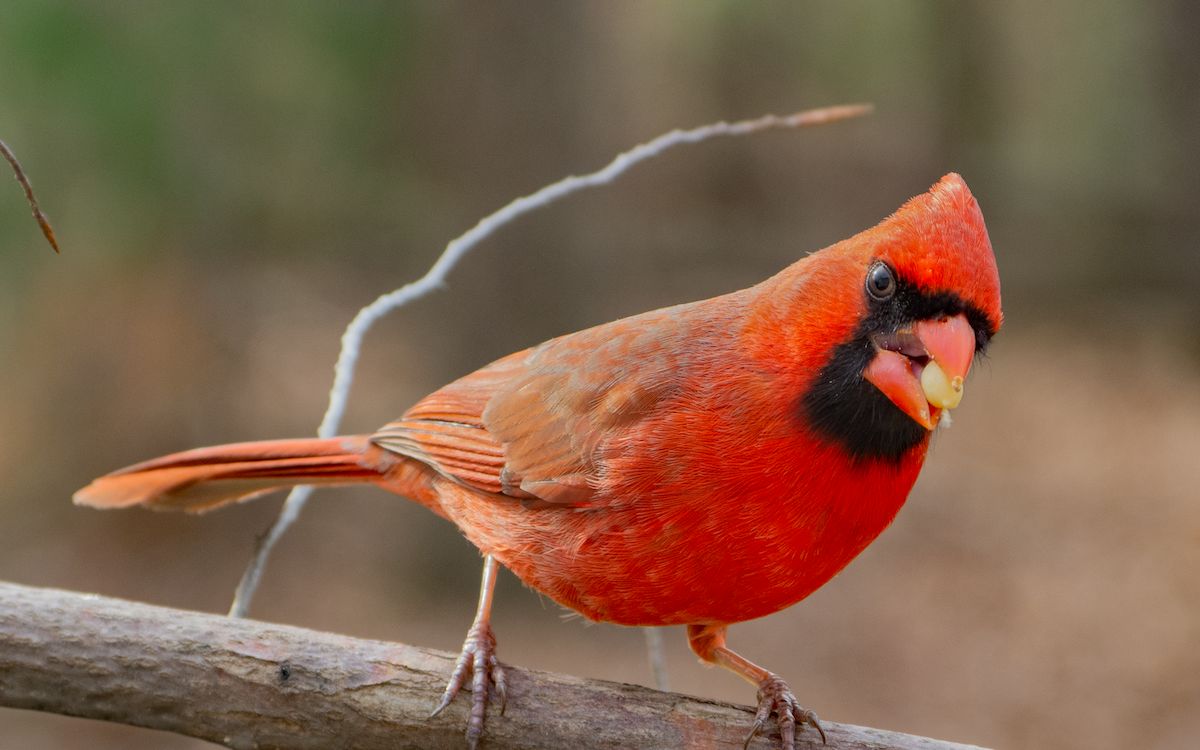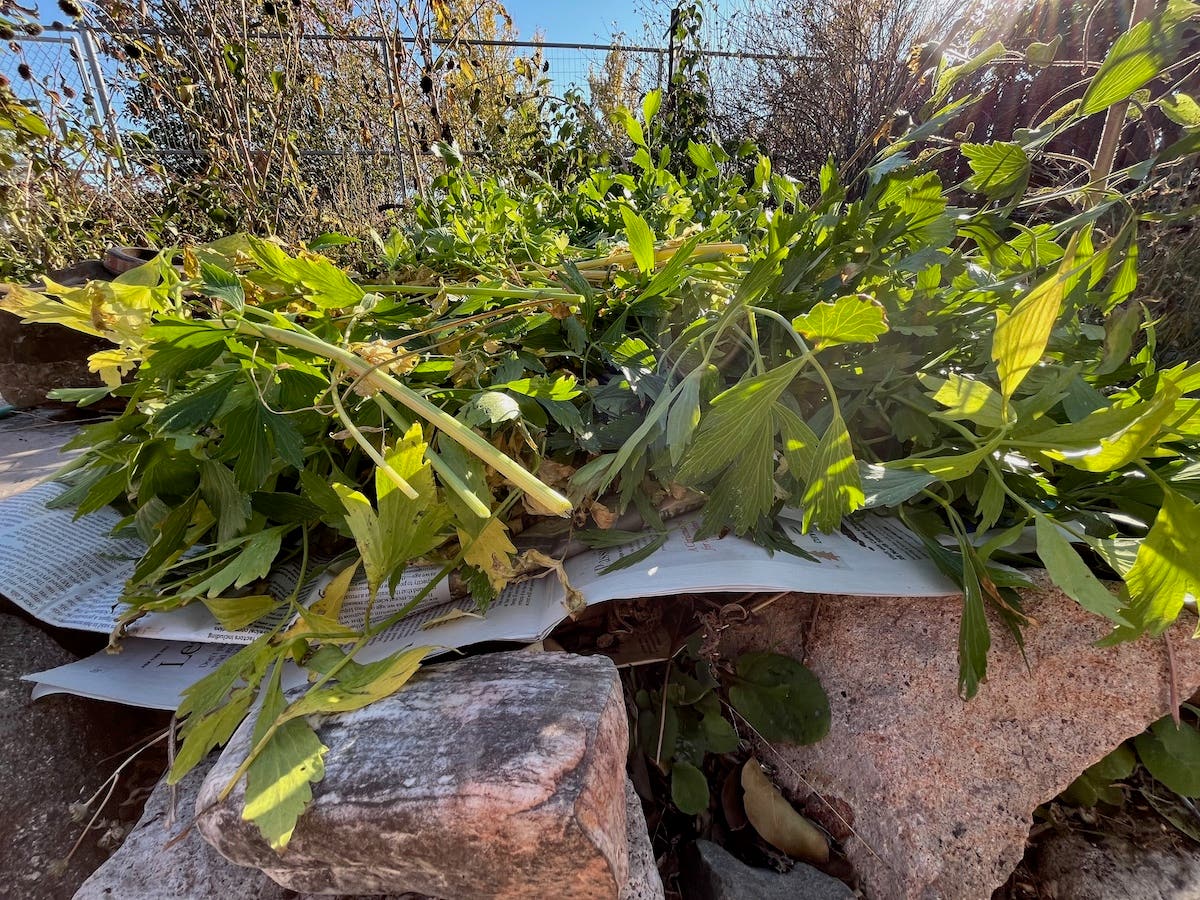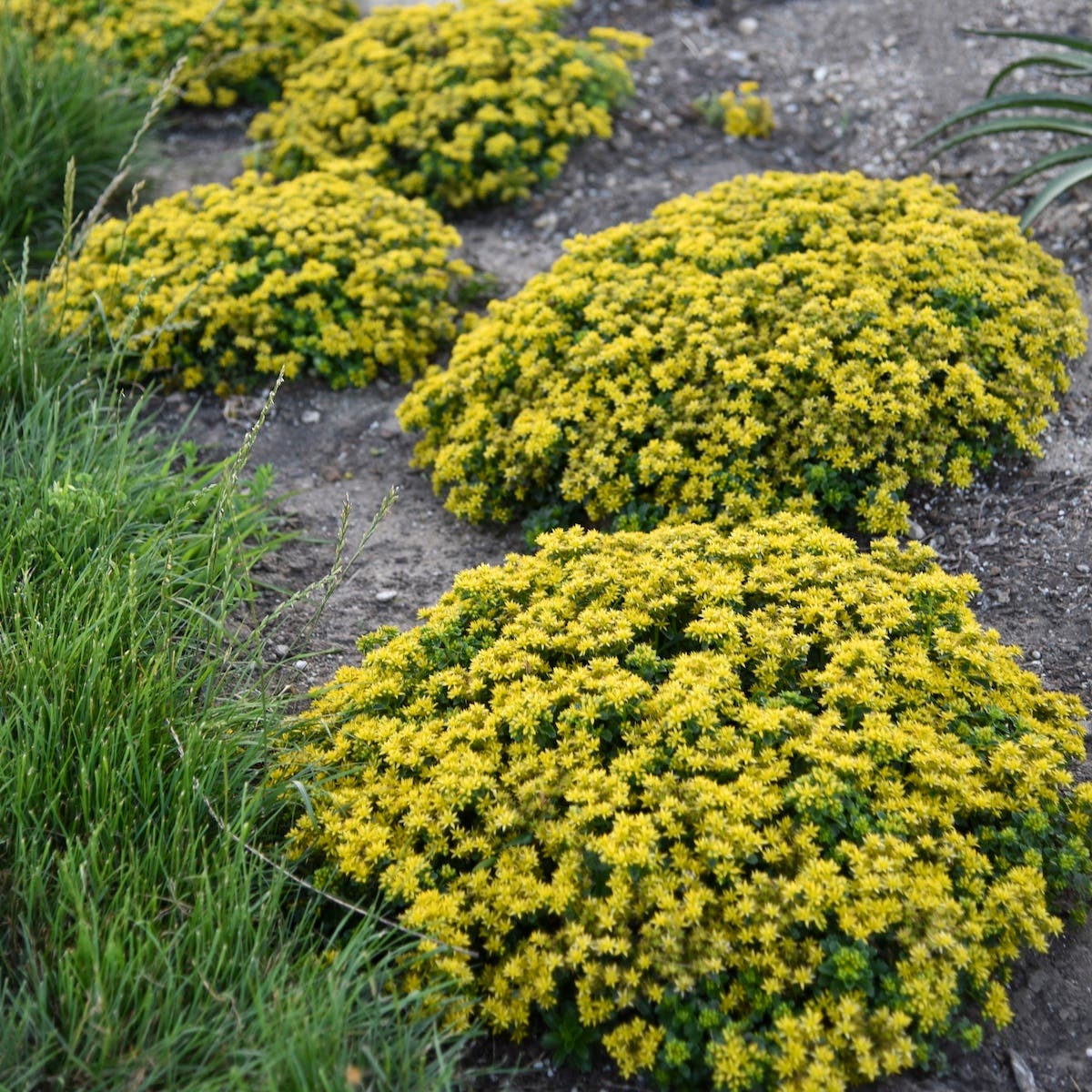Arbor Day Reading List: Favorite Books on Trees
In honor of Arbor Day, here are some excellent, engagingly written books that focus on trees.
As an Amazon affiliate, we earn from qualifying purchases made through affiliate links.
In honor of national Arbor Day (April 24 this year) and especially the trees that it celebrates, here are tree books that I highly recommend.
Our relationships with trees:
This is a fascinating history book about the trees that line our streets and fill our public parks, the people who got them there and the reasoning behind "urban forestry." This book is highly enjoyable and very readable, from its coverage of tree-related happenings in the mid-19th century all the way through more recent events such as 9/11/2001 and its "survivor trees," and the spread of and response to emerald ash borer and Dutch elm disease.
This book shares the stories of 14 people working to preserve and protect trees across North America. Author Linnea captures the spirit and personalities of each of the tree lovers whom she interviewed for this unique book. Their stories are uplifting and inspiring, a celebration both of trees and of people driven to assist them.
Perhaps you've already felt the difference that a walk in the woods can make in your emotional state, your focus or your physical health. If you want to dive deeper, check out this guide to the Japanese tradition of forest bathing, or shinrin-yoku. Dr. Qing Li explains the varied benefits of spending time among trees and suggests ways to maximize those benefits with whatever time you have.
For identifying or choosing trees:
This is a helpful book to use when you're trying to identify a tree species at any time of year, but particularly in winter in the Northeast, when leaves are absent from deciduous trees. Wojtech focuses on the details of bark to help in identification, though he also includes info on other features such as leaves. The book also explains how bark can vary with tree age, and why it develops certain details.
Woody-plant gurus Dirr and Warren provide a thorough encyclopedia here, covering in detail more than 2,400 trees. They discuss noteworthy named cultivars as well as straight species, and the trees run the gamut from specimens suitable for a small home garden to giants that can center a city park.
Understanding and imagining the forest:
Robert Llewellyn provides gorgeous photographs of trees and other creatures of the woods while biologist Joan Maloof offers poetic explanations of the relationships within woodland ecosystems. This is a beautiful book to page through, nearly as good as a real walk through the forest.
Also from Joan Maloof, this book explores old-growth forests and their unique and often threatened ecosystems. Old-growth forests are those that have developed naturally and remain untouched, while in contrast managed forests are those that are maintained to any degree by humans. This book is an interesting look at the biodiversity of old-growth forests, and how these special places in fact remain healthy despite arguments that forest health depends on interventions from people.
German forester Peter Wohlleben shares astounding scientific facts about how trees live and communicate together in a kind of woodland society. Again this is an easily readable book that imparts much knowledge but remains engaging and accessible.
For young readers:
This book adapts some of the lessons of The Hidden Life of Trees for children. Photos, illustrations and chunky sidebars explain the "family" structure within the forest, the functions of the parts of trees, their relationships with other plants and animals and more. Wohlleben also includes some activities to try, all of which are easy to accomplish and understand.
This is a novel told from the point of view of an oak tree who plays a special role in her neighborhood. It's not an action-packed book, but it has a plot that hooked my daughter (age 10), along with engaging characters. Very short chapters make it accessible as a read-aloud or for reluctant readers. The book has an important message (without being heavy-handed) and it has inspired real-life wishing trees. I recommend it for its story and message but also because it encourages kids to notice trees and perhaps think about their roles, both real and imagined.







